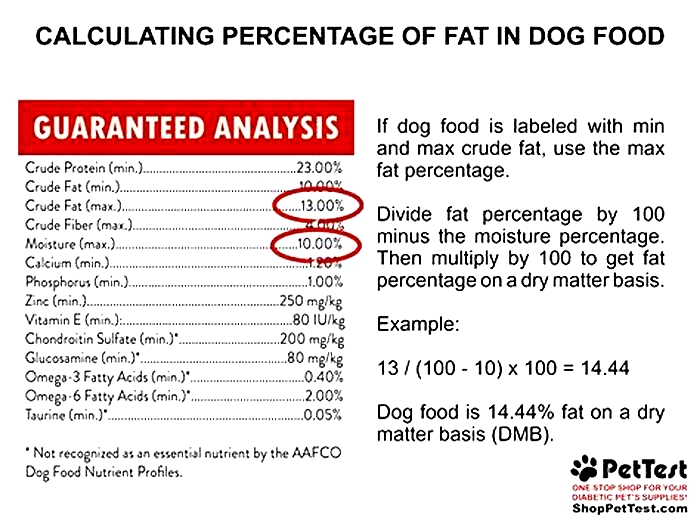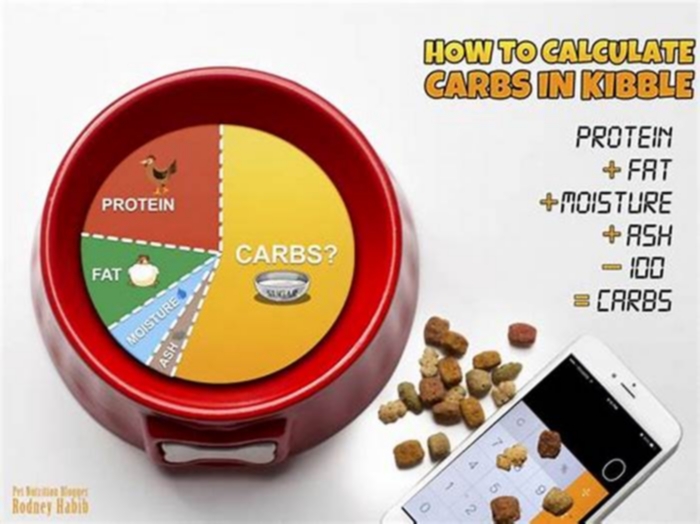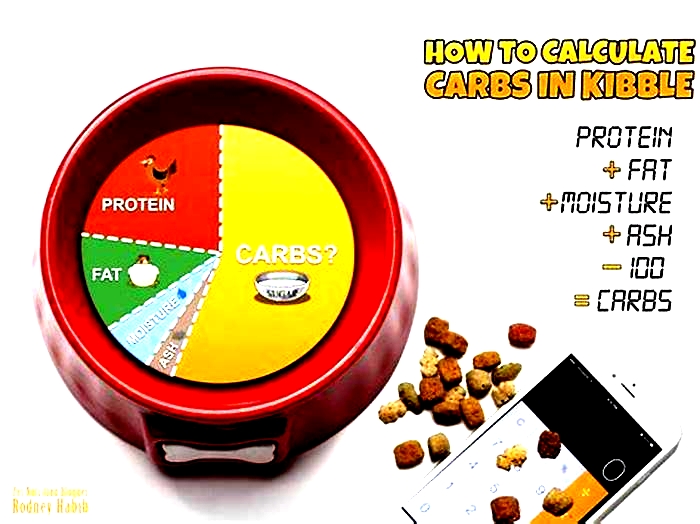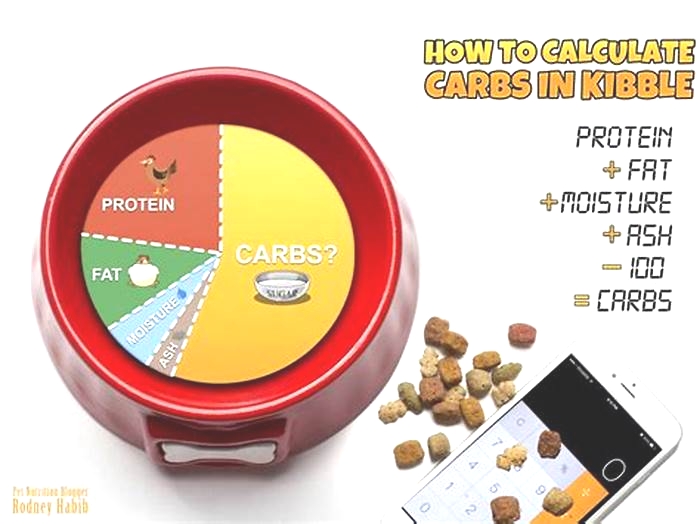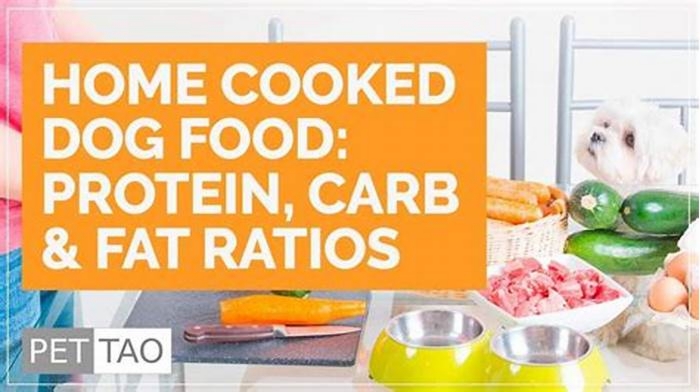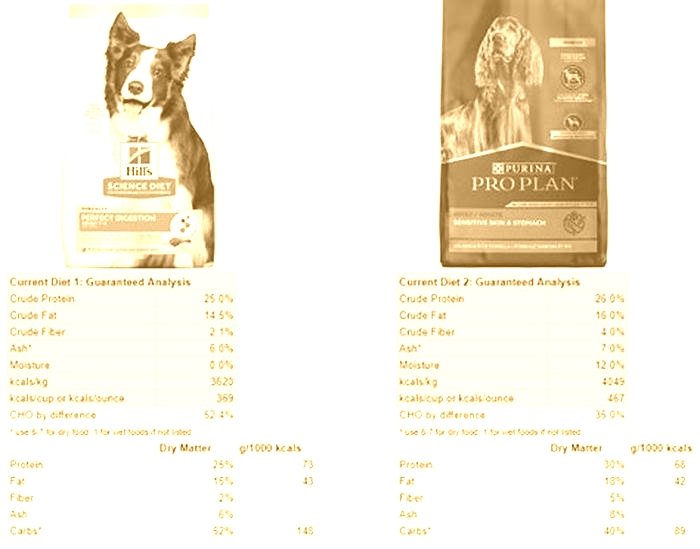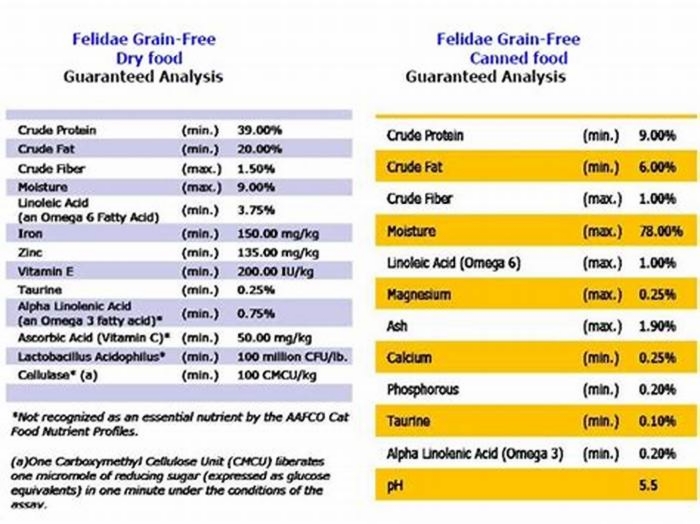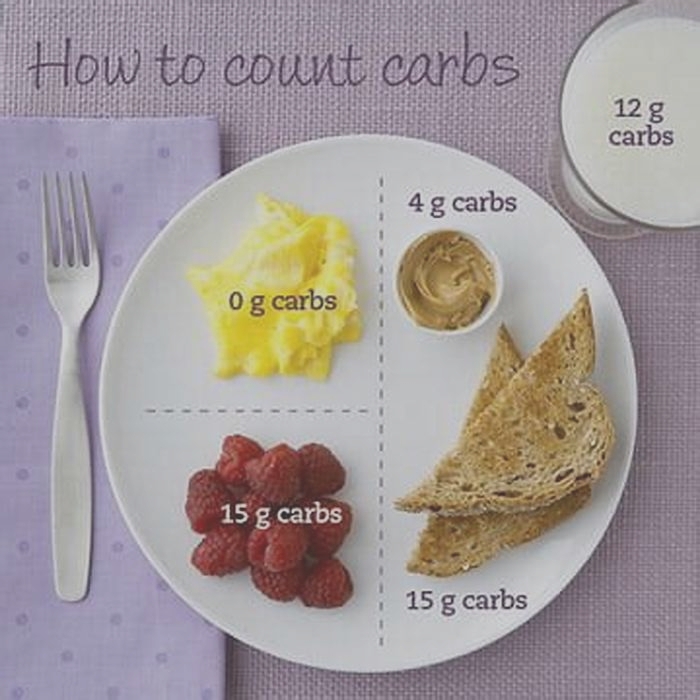calculate fat content in dog food
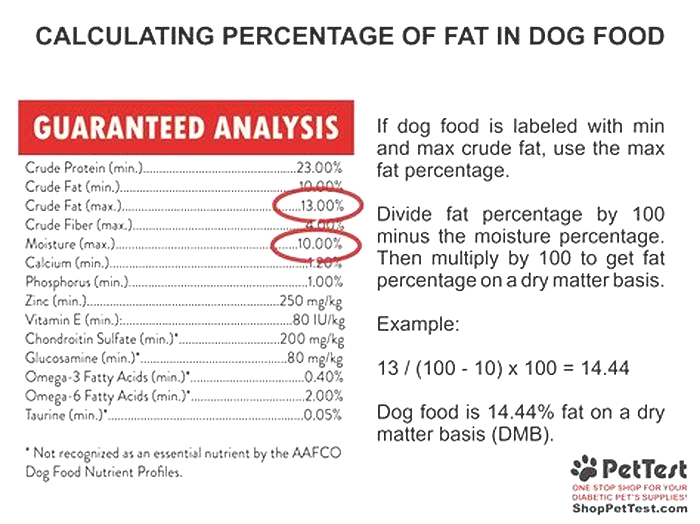
Dry Matter Basis Calculator For Pet Food
Dry Matter Basis Calculator For Pet Food
When comparing pet food, the reported guaranteed analysis must be converted to dry matter basis. Without making this conversion, you're essentially comparing apples to oranges and thereby drawing incorrect conclusions.
What is Dry Matter Basis?
Dry matter basis is a representation of nutrients (i.e. protein, fat, and fiber) which ignores the moisture content of the food. In other words, it's the amount of protein, fat, and fiber which would be reported if the product's moisture were completely removed.
The numbers reported on the guaranteed analysis panel of pet food packaging is commonly refereed to as the as fed basis percentages. We can use these numbers to calculate the dry matter basis percentages. By converting the as fed basis percentages to dry matter basis, we can make meaningful comparisons between products of various moisture contents (i.e. canned food vs. dry food).
Why is Dry Matter Basis Important?
Pet food products with high moisture often report protein percentages below 10%. It's almost impossible to find dry products with protein percentages below 15%. Does this mean that manufactures are including less protein in wet foods? Absolutely not, the difference lies in the moisture.
If one were to cook wet dog or cat food, the moisture percentage would decrease whereas the protein percentage would increase. In essence, comparing the nutrients of two products with different moisture percentages is very misleading.
Examples Of Dry Matter Basis
We've defined dry matter basis and discussed the importance of this representation, now let's learn how to convert as fed basis to dry matter basis. The conversion is very simple,
The "quantity" represents the as fed basis percentage of the value which you are trying to convert. The moisture is the percentage reported on the guaranteed analysis panel of the pet food package.
Let's run through a quick example to see how this works. I've randomly picked two products to compare.
- Blue Buffalo Wilderness Chicken Recipe For Senior Dogs (Dry Dog Food)
- Canidae Life Stages Lamb and Rice Formula (Wet Dog Food)
| Guaranteed Analysis (as fed basis) | ||
| Blue Buffalo Product | Canidae Product | |
| Protein | 30% | 9% |
| Fat | 12% | 6% |
| Fiber | 7% | 1.5% |
| Moisture | 10% | 78% |
From the table above, it may appear that the Blue Buffalo product has more protein. Let's compute the dry matter basis numbers to compare the two products.
Convert protein: from as fed basis to dry matter basis
Blue Buffalo Protein:
Canidae Protein:
Convert fat: from as fed basis to dry matter basis
Blue Buffalo Fat:
Canidae Fat:
Convert fiber: from as fed basis to dry matter basis
Blue Buffalo Fiber:
Canidae Fiber:
Convert Moisture (For Completeness): from as fed basis to dry matter basis
Blue Buffalo Moisture:
Canidae Moisture:
| Guaranteed Analysis (dry matter basis) | ||
| Blue Buffalo Product | Canidae Product | |
| Protein | 33.33% | 40.91% |
| Fat | 13.33% | 27.27% |
| Fiber | 7.78% | 6.82% |
| Moisture | 0% | 0% |
As we can see from the table, the Canidae wet food contains more protein, more fat, and less fiber. You can carry out these calculations for any two products, or you can use our widget (located at the top of this post) to quickly compute dry matter basis percentages.
If you'd like, you can search for pet food products in PawDiet's database. Our product pages include both the guaranteed analysis and dry matter basis values for both dog and cat food products.
Fats for Dogs
Fat usually gets a bad rap, but its actually an important nutrient for dogs. Pet parents need to ensure their dogs get the right amounts and the right types of fat in their diets. This is made easier because, unlike with people, too much bad fat in a dogs diet doesnt have much of an effect on their cholesterol levels and their risk of heart attack or stroke.
Heres what you should know about the type and amount of fat dogs need.
Do Dogs Need Fats in Their Diet?
Fats are an important part of a dogs diet, but its helpful to divide fats into two types to understand their different functions.
Triglycerides
The fats most commonly found in the body and the diet are triglycerides, which are composed of three fatty acids attached to a glycerol molecule.
In the diet, triglycerides:
In the body, triglycerides:
Store energy
Store essential fatty acids
Provide cushioning
Reduce heat loss
Transport molecules
Are structural elements in cell membranes
Help conduct nerve impulses
Fatty acids
Individual fatty acids play many roles in cell structure and function. Only small amounts of fatty acids are needed in the diet, but they are vitally important. Here are a few of their most noteworthy roles:
Omega-6 fatty acids like linoleic acid and arachidonic acid promote skin and coat health.
Omega-3 fatty acids like eicosapentaenoic acid (EPA) and alpha-linolenic acid (ALA) reduce inflammation.
Docosahexaenoic acid (DHA), an omega-3 fatty acid, encourages healthy development of the nervous system and eyes.
Fatty acids can be divided into two categories: essential and nonessential.
Essential fatty acids (linoleic acid and alpha-linolenic acid for dogs) must be supplied by the diet because the body cant make enough of them on its own.
Nonessential fatty acids can be made by the body, but higher levels may be necessary at certain times of life. For example, DHA is added to high-quality puppy diets to promote brain and eye development.
Sources of Fats for Dogs
Triglycerides and fatty acids are part of a variety of ingredients that are commonly found in dog foods. Animal sources like chicken fat or beef fat provide a lot of triglycerides and arachidonic acid. Ingredients like fish oil, purified algal oil, and flaxseed oil add omega-3 fatty acids, while corn oil, soybean oil, sunflower oil, and canola oil contain primarily omega-6 fatty acids.
All of these (and other) ingredients can be healthy sources of fats and fatty acids when used in combination. Whats most important is that a dogs diet provides an appropriate level of overall fat (triglycerides), all essential fatty acids, and a good balance between omega-6 and omega-3 fatty acids.
How Much Fat Does My Dog Need?
For a dog food to be labeled nutritionally complete and balanced, the manufacturer must follow guidelines from the Association of American Feed Control Officials (AAFCO). The AAFCO minimum crude fat level for dogs is 5% for adults and 8% for puppies. The term crude fat is used on nutrition labels to note how much total fat is included in the product. The word crude says nothing about the types of fats or their quality; it simply refers to the method used to test the products fat level.
The ideal fat content of a dogs diet will depend on many factors. Growing puppies, dogs that are pregnant or nursing, very active dogs, and dogs who need to gain weight generally need higher fat levels. Dogs that are overweight, inactive, or suffer from certain types of health conditions like pancreatitis or hyperlipidemia can benefit from low-fat diets.
Talk to your veterinarian if you have concerns about the amount or types of fat in your dogs diet.
How to Calculate How Much Fat Is in Your Dogs Food
AAFCOs nutrient guidelines are reported on a dry matter basisthat is, the percentage of the nutrients if all the water were taken out.
Dry diets contain so little water that you can look at the crude fat level on the guaranteed analysis panel on the package to get a general idea of how much fat the food contains.
But if you feed wet food, youll need to do some math:
Find the percent moisture listed in the guaranteed analysis and subtract that number from 100. This is the percent dry matter for the food.
Divide the fat percentage on the label by the percent dry matter for the food and multiply by 100. The resulting number is the fat percentage on a dry matter basis.
For example, a canned food label might list its moisture content as 82% and its crude fat as 3%. To calculate the foods fat level on a dry matter basis, your calculations would be 100-82=18 and then 3/18 x 100 = 16.7% fat
Should You Supplement Your Dogs Diet With Certain Fats?
As long as youre feeding foods that meet AAFCO guidelines, you do not need to worry about adding extra triglycerides to your dogs diet. In fact, doing so can be dangerous.
Feeding dogs high-fat foods, including fatty human foods like meat trimmings, can lead to a potentially life-threatening condition called pancreatitis. And because fats contain almost three times as many calories as proteins and carbohydrates, adding extra fat to a dogs diet can lead to obesity.
On the other hand, supplementing your dogs diet with omega-3 or omega-6 fatty acids can be beneficial. Veterinarians often recommend omega-3 fatty acid supplements as part of the treatment for inflammatory diseases like osteoarthritis or allergic skin disease. Omega-3 fatty acids can also play a role in the treatment of heart disease and cancer.
Salmon oil, other cold-water fish oils, algal oils, and to a lesser extent, flaxseed oil, are excellent sources of omega-3 fatty acids for dogs. Dogs with skin problems may also benefit from omega-6 fatty acid supplementation.
Talk to your veterinarian if you have concerns about the amount or types of fat in your dogs diet.
Featured Image: iStock/O_Lypa
Dry Matter Basis A Better Way to Compare Dog Food
Moisture Content Makes Comparing Dog Food Difficult
Without a measuring method known as dry matter basis, it can be impossible to accurately compare dog foods.
Thats because pet food companies report the nutrient content of their products using something known as Guaranteed Analysis.
And on an As Fed basis which means, as the food is dispensed from its container.
In essence, Guaranteed Analysis is the pet food industrys version of the Nutrition Facts panel printed on every package of human food sold in the U.S. and Canada.
The purpose of the Guaranteed Analysis panel is to make it easy for consumers to compare four critical nutrients
- Protein
- Fat
- Fiber
- Moisture
However, when used alone, these numbers can be misleading.
Thats because the system used for reporting the percentages fails to consider the varying amount of water present in different types of foods. And this can be a critical factor when comparing wet dog foods with dry kibbles.
Even the Food and Drug Administration warns of the importance of paying attention to this issue on its own website1
To make meaningful comparisons of nutrient levels between a canned and dry product, they should be expressed on the same moisture basis.
Dry Matter Basis Explained
So, when comparing the nutrient content of different products, its important to first remove 100 percent of the moisture content from every dog food being evaluated.
This moisture-free approach to stating the true nutrient content of any food is known as dry matter basis.
Lets say you have a can of dog food listing a Guaranteed Analysis protein figure of 10%. This is the protein content just as its fed from the can what the industry refers to as as fed basis.
Doesnt sound like much protein, does it?
However, what if that same label revealed the product contained 75% moisture?And what if you were to completely remove all that water from the can?
Youd be left with just 25% dry matter.
To determine the amount of protein on a dry matter basis, simply divide the reported amount of protein (in this case, 10%) by the total amount of dry matter (25%) in the can.
Then, multiply the result by 100.
Dry Matter Protein Content = (10/25) x 100 = 40%
That gives you a dry matter protein content of 40% a lot more than the labels reported protein content of 10%. Thats four times the amount of protein as indicated by the Guaranteed Analysis.
By the way, this same method for computing dry matter basis works for any other nutrient, too.
Using Dry Matter Basis to Compare Dog Foods
Now, as long as youre comparing canned food to canned food, dry matter basis isnt that important.
However, when youre comparing canned food to dry kibble, the issue becomes critical.
For example, say youd like to compare two products a can of dog food with a bag of kibble.
The canned wet product lists protein content at 10% and the dry kibble reports protein at 23%.
At first glance, the kibble looks like it contains more protein.Right?
Well, now, lets use dry matter to level the playing field.
Using Guaranteed Analysis, the wet food shows a water content of 75% and the kibble, just 10%.
Now, lets remove all the water from both dog foods.Take a look at the protein values after converting the data to dry matter basis
The canned product now lists 40% protein, compared to kibbles 26% figure? The wet food contains much more protein on a dry matter basis than does the kibble.
The Bottom Line
On the surface, when reading a package label, canned dog foods almost always look inferior to their kibble counterparts.
However, looks can be deceiving.
So, dont be fooled by a dog food labels protein or fat numbers. When comparing the nutrient content of two or more dog foods, be sure to first convert the labels figures to dry matter basis.
Our Editors Top Picks April
To view The Dog Food Advisors most recommended brands, click the link below that best meets your personal feeding needs.


